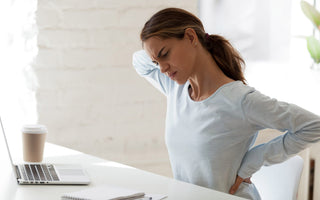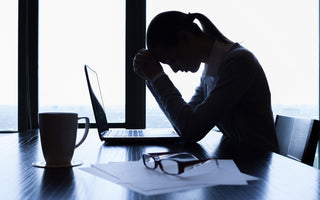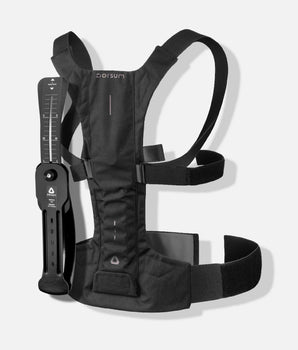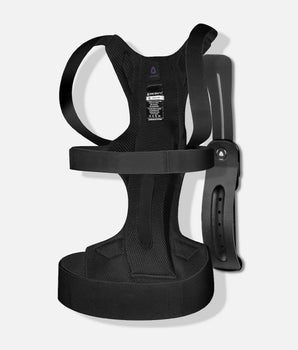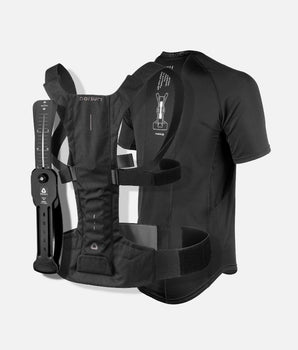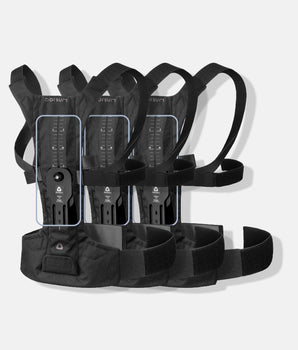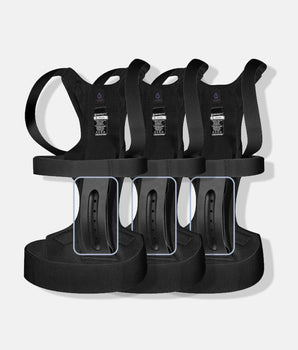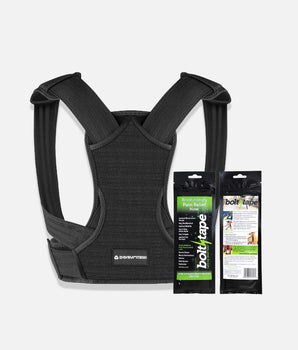Community News
User Stories and Health Tips From Physical Therapists, Chiropractors, and Fitness Trainers.
Home Office Modifications To Help Relieve Back Pain
Most likely, you are reading this sitting down, and possibly in front of your desktop computer. Back pain is such...
Devolving Behind a Desk: Why Prolonged Sitting Kills Our Backs
Most likely, you are reading this sitting down, and possibly in front of your desktop computer. In August of 1981 IBM...


